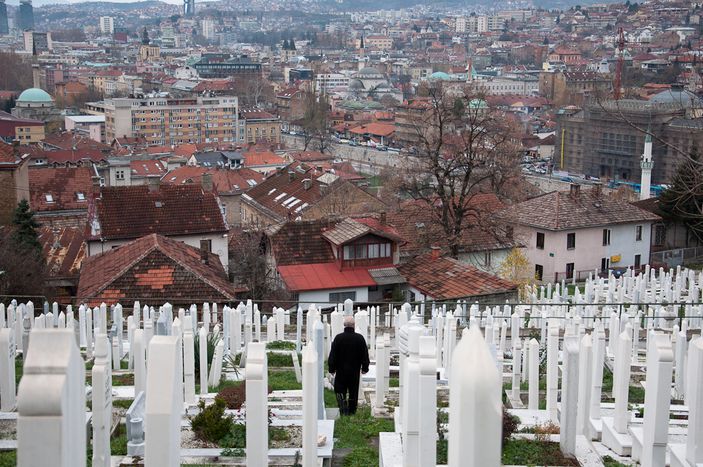
Sarajevo's cosmic, cosmopolitan secret (15 images)
Published on
Exactly fifteen years after the war, Sarajevo is on the road to recovery from its wounds. In the predominantly muslim city, we meet a generation of multilingual youngsters born after communist Yugoslavia and raised during the 1992-1995 siege. Photo reflections of four days in the Bosnian capital. This slideshow is part of cafebabel.com’s 2010-2011 feature focus on the Balkans - read more about the project Orient Express Reporter
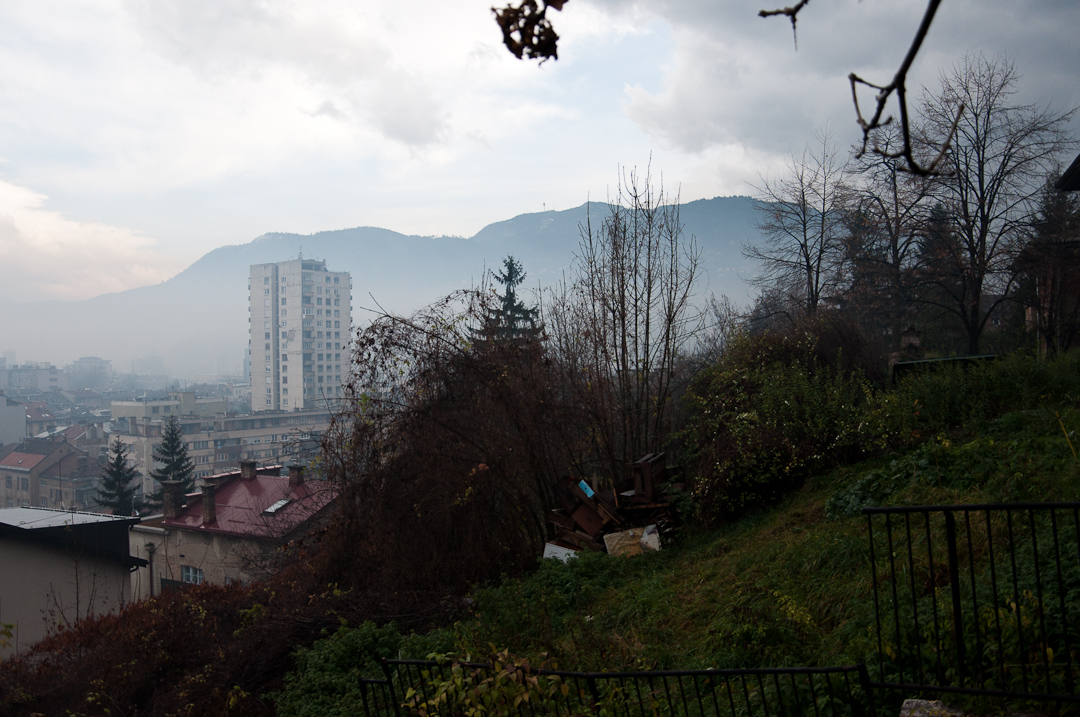
November. The capital of Bosnia and Herzegovina is nestled in a valley surrounded by mountains (Image: © Boris Svartzman/ svartzman.com/)
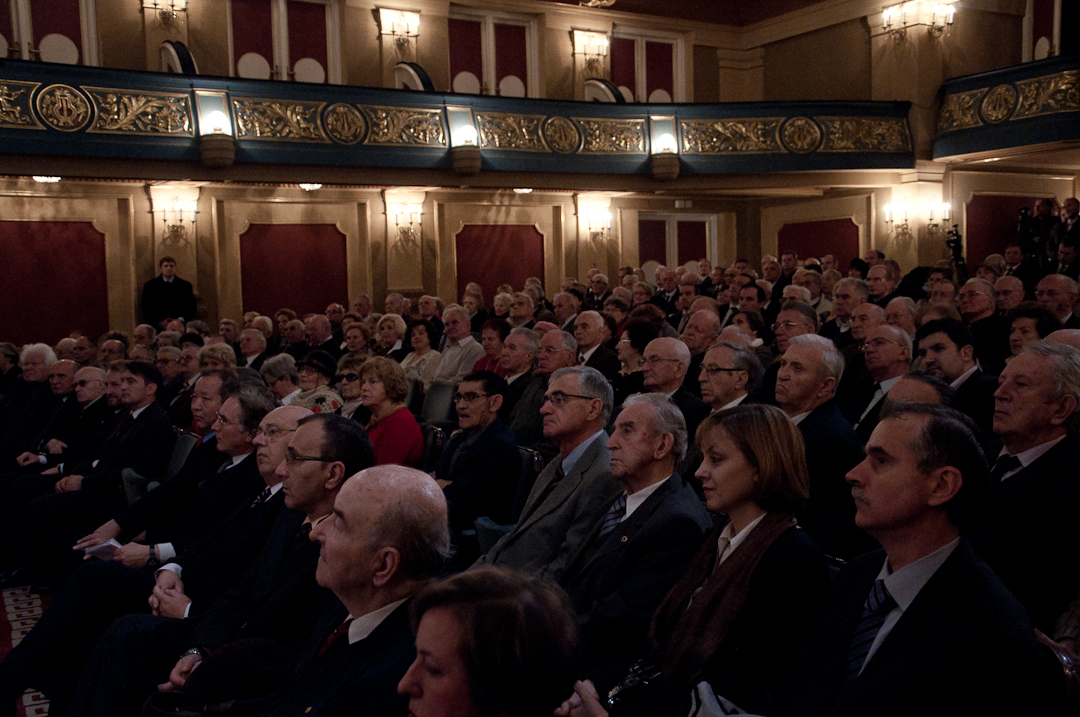
On 25 November shops, schools and universities close for Bosnian independence day. At Sarajevo national theatre, world war two veterans and the country's Croat president (one of three on permanent rotation) come together to quietly celebrate a day dating back to the Yugoslav era. Except that today is not Bosnian independence day. 25 November is only celebrated in the Bosniak-Croat Federation, which is one of the two entities that the country is split in. The other, the Republika Srpska, celebrates the country's independence on 7 January (Image: © Boris Svartzman/ svartzman.com/)
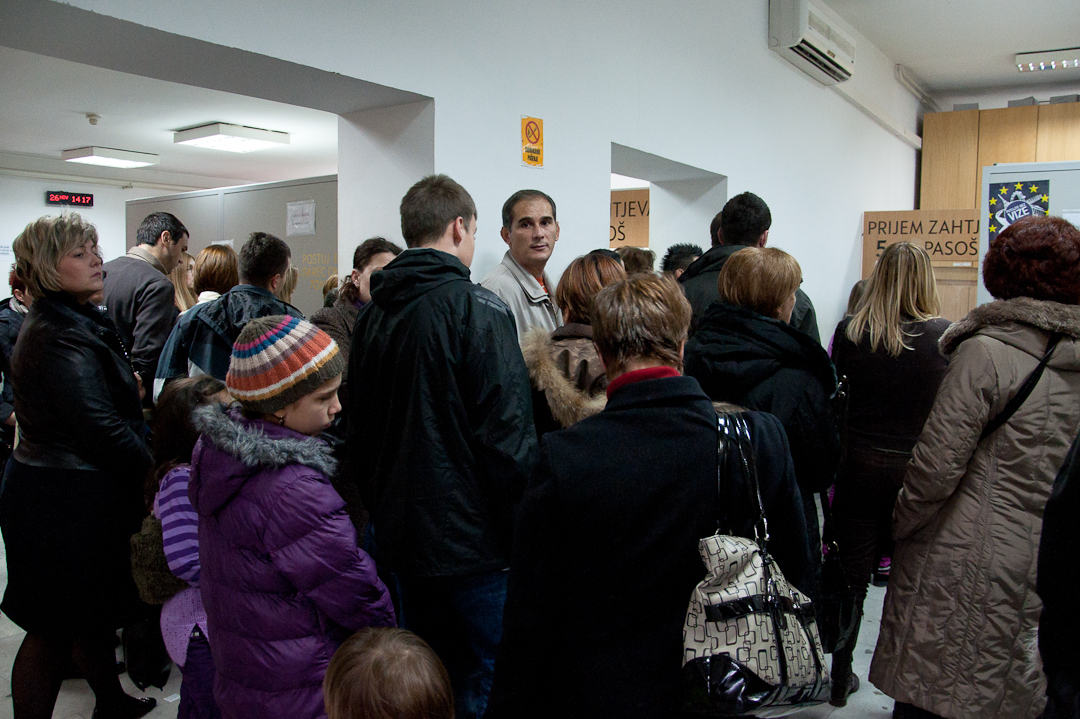
But the whole of Bosnia is enjoying the lifting of visa restrictions from 15 December. From this day Bosnians as well as Albanians join their fellow Serbians, Montenegrins and Macedonians in travelling the 25-country Schengen zone with just their passports. With 45% unemployment, a currently estimated 400, 000 expat Bosnians are bringing money in (Image: © Boris Svartzman/ svartzman.com/)
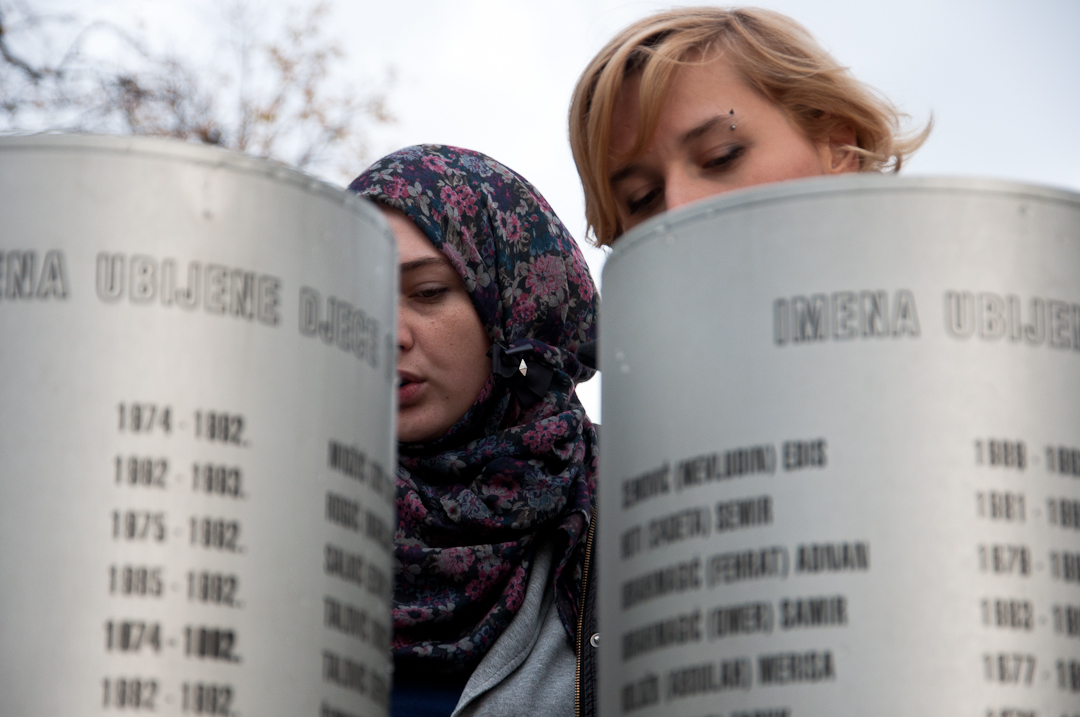
That modern granted freedom is relative. Sarajevo carries signs, monuments and statues to the memory of the atrocities of the past, putting freedom in a different light. Young filmmakers Nejra Hulusic and Sabrina Begovic trace the numbers on the Memorial to Murdered Children of Sarajevo, erected in May 2010. It lists the 521 children who died during the siege; more than 1, 600 died across the country. 1985, 1986: 'Sometimes I think that could have been me,' explains Sabrina. The five metal columns whirl windily if you turn them; take a run and whirl all five, and they spin heavily but melodiously (Image: © Boris Svartzman/ svartzman.com/)
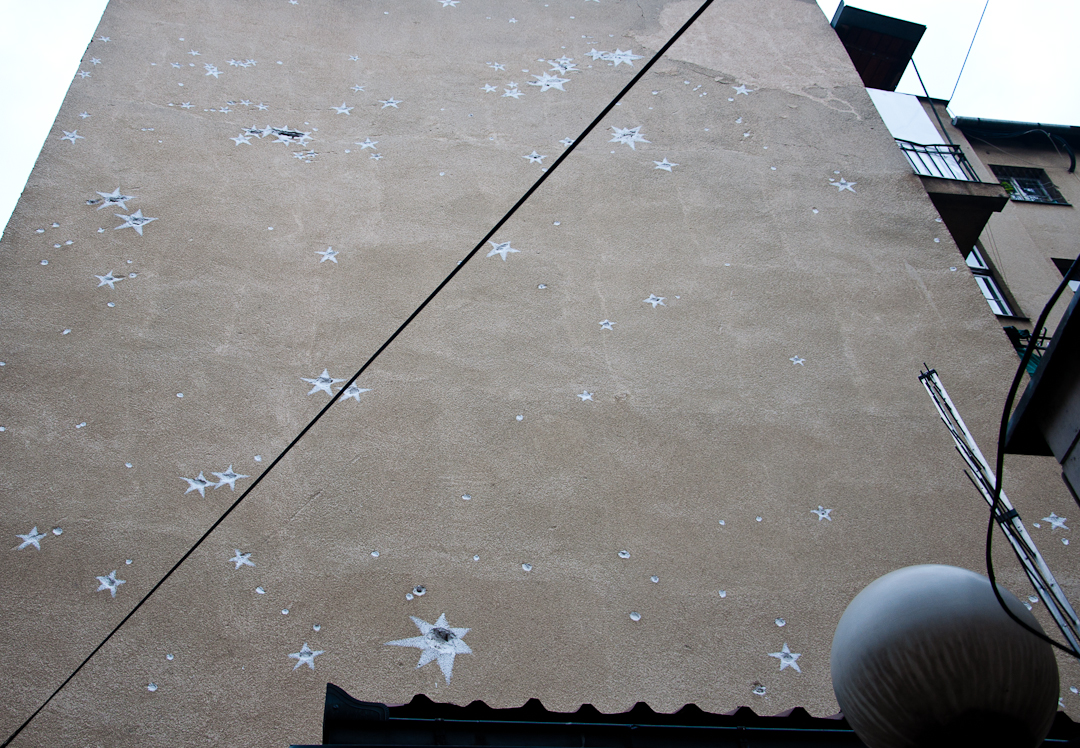
Parts of the city show positive interaction with the past, as the marks on this building by the French-run Galerija 10m2 shows. A contemporary art biennale, D-O ARK Underground, is planned for May 2011 (Image: © Boris Svartzman/ svartzman.com/)
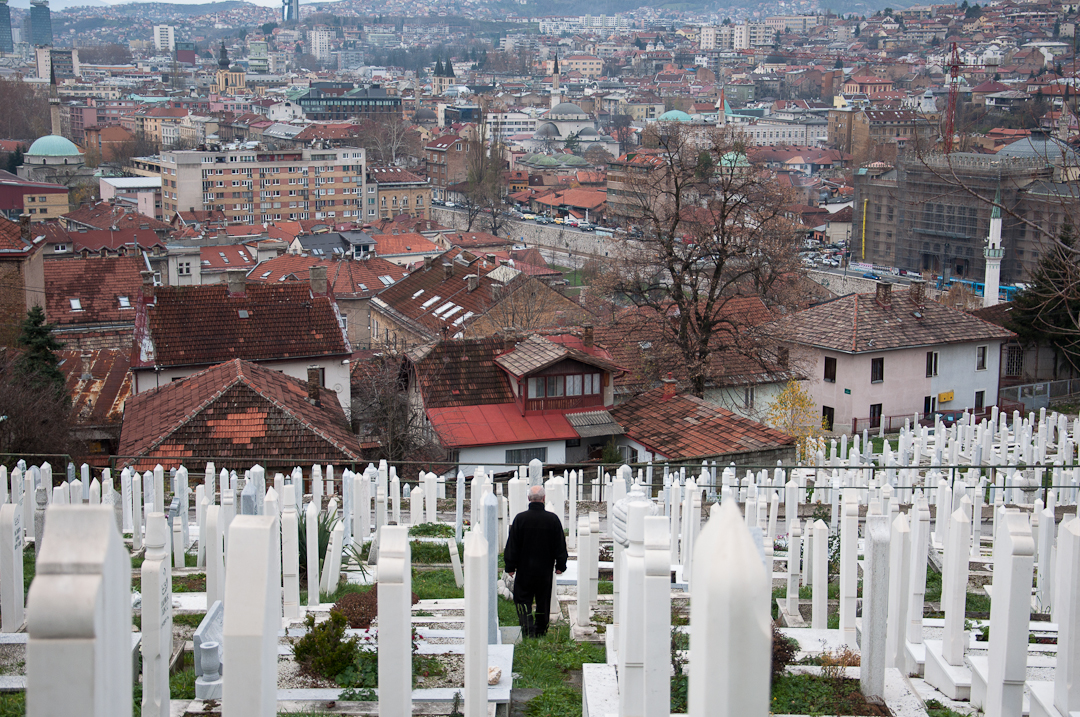
A more familiar image with the west: a muslim cemetery in the hills of Sarajevo. Ottoman graves are everywhere, and in Europe's last war bodies were buried left, right and centre and not in big spaces like this one, in an effort to avoid sniper fire (Image: © Boris Svartzman/ svartzman.com/)
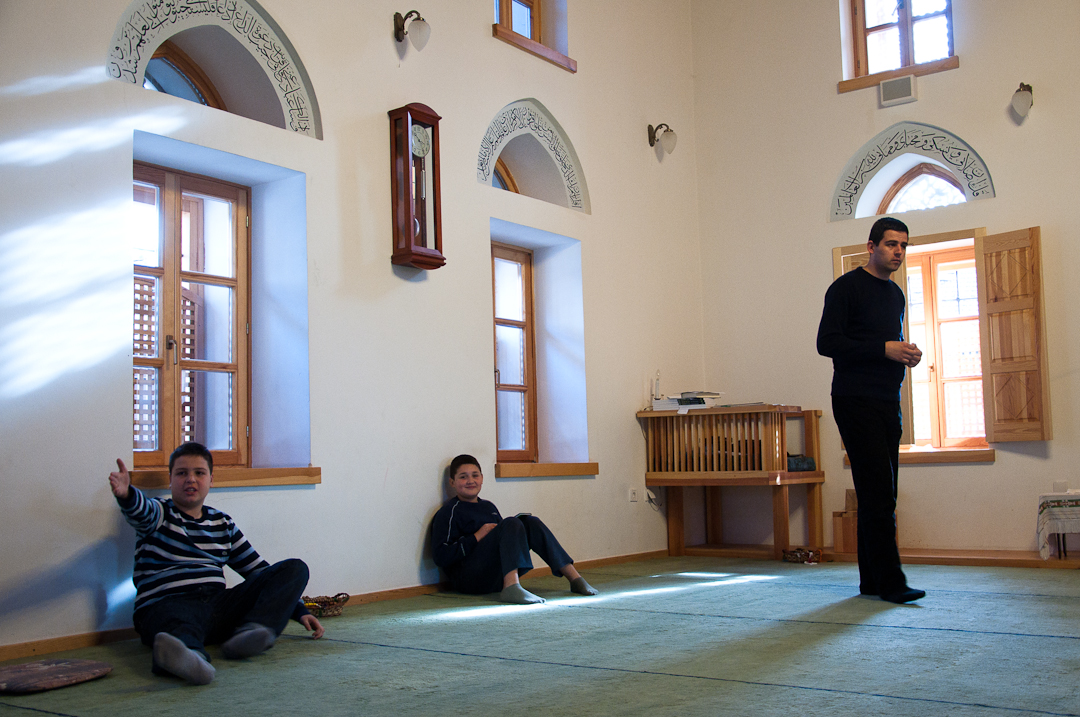
Saturday morning. A private mosque by the cemetery, where a young man teaches children the Koran before reciting how to sing prayers with the aid of Youtube. The atmosphere is fun and relaxed and the group move freely between floors as the lesson progresses (Image: © Boris Svartzman/ svartzman.com/)
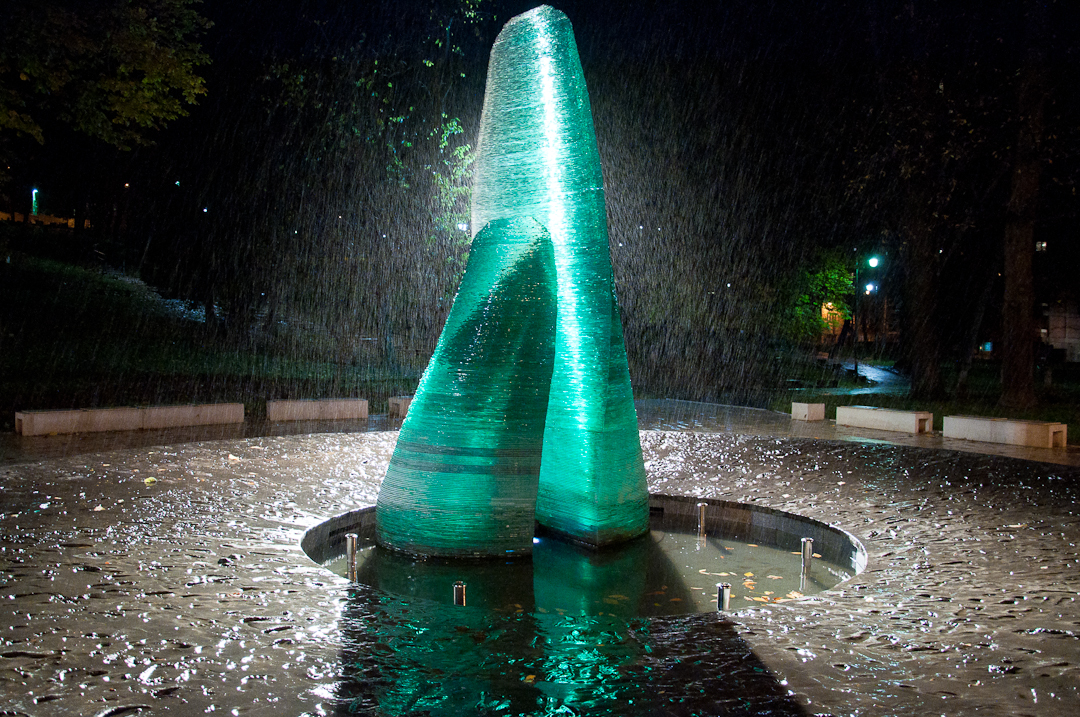
A modern glass sculpture in Veliki park in the centre of the city, depicting mother and child. Rumours have it that the generation of parents who lost their children in the war didn't appreciate the contemporary connotation of the water fountain tribute; what does it mean? Apparently, other youngsters use what is termed as the 'phallus' as a city meeting point (Image: © Boris Svartzman/ svartzman.com/)

'Breaking news from the haunted town: one false bomb alarm this morning, some occasional gun shooting in the afternoon... welcome to sarajevo,' runs Nejra Hulusic' twitter page update on 3 November, after returning from a business trip to the rather quieter city of Utrecht. The mother-of-one half-jokes that the city's sporadic small-gang violence is becoming like a mix 'between Sicily and Rio'; there was another gun shooting on a bridge she takes everyday on 16 December (Image: © Boris Svartzman/ svartzman.com/)

Following in the footsteps of Kriterion Amsterdam, launched after the second world war, the students at Kriterion Sarajevo celebrated a decade since the war by launching the first arthouse cinema in Bosnia's capital in 2005 (Image: © Boris Svartzman/ svartzman.com/)

The politics, engineering and economic students recently received permissions to keep Tesla cinema running with monthly screenings, after a magnate who runs the multiplex 'cinema city' proposed turning it into a casino (Image: © Boris Svartzman/ svartzman.com/)
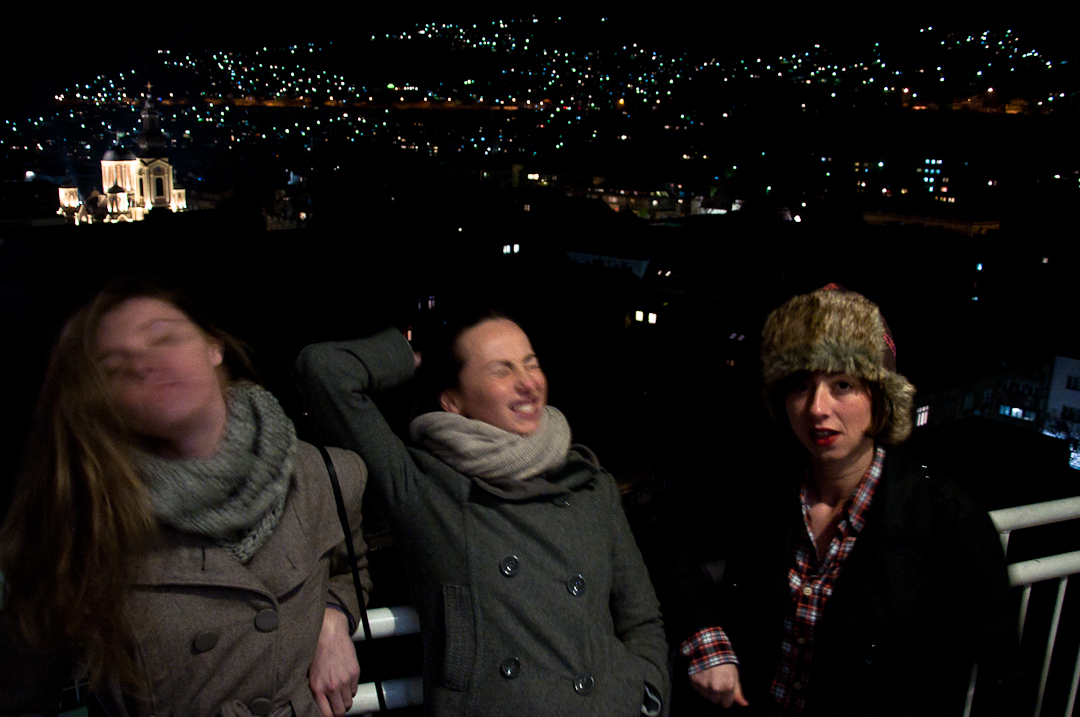
Latifa Imamović and sisters Sadzida and Sumeja Tulic are three of the Kriterion team who via Kriterion have brought Europe into the Balkan capital. This week they take the baton on from Amsterdam and Prishtina with the 4 Tuned Cities independent film and art festival, which is here screening films and welcoming European guests in Sarajevo before its last stop in Skopje (Image: © Boris Svartzman/ svartzman.com/)

We are advised of three main nightclubs in Sarajevo, where dancing seems a taboo and dubstep seems to be a virtue, before stumbling upon this traditional Balkan party further up in the hills. ‘After nationalism we embraced new codes of living: democracy, islam, tolerance,’ explains Sumeja. ‘Today there are very personal vices of tolerance – there are cool levels like how sad it is if you don’t drink alcohol but then there’s the stress of the veil,' adds Latifa (Image: © Boris Svartzman/ svartzman.com/)
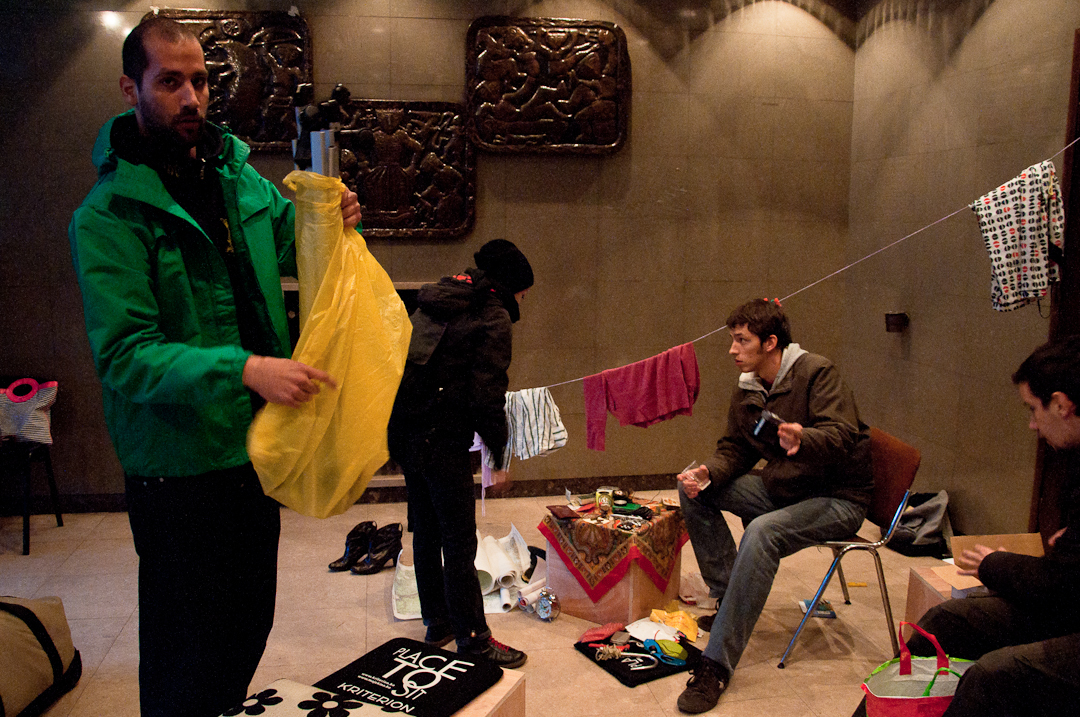
The Kriterion gang have organised the city's first urban flea market at the Tesla cinema. It features books, DVDs and T-shirt designs from a graffiti artist-graphist. There's also memorabilia from Yugoslavia which the younger kids, born after the war, have ransacked from their basements and are selling on eagerly together, enthusiastic as they are about the relics of the past (Image: © Boris Svartzman/ svartzman.com/)
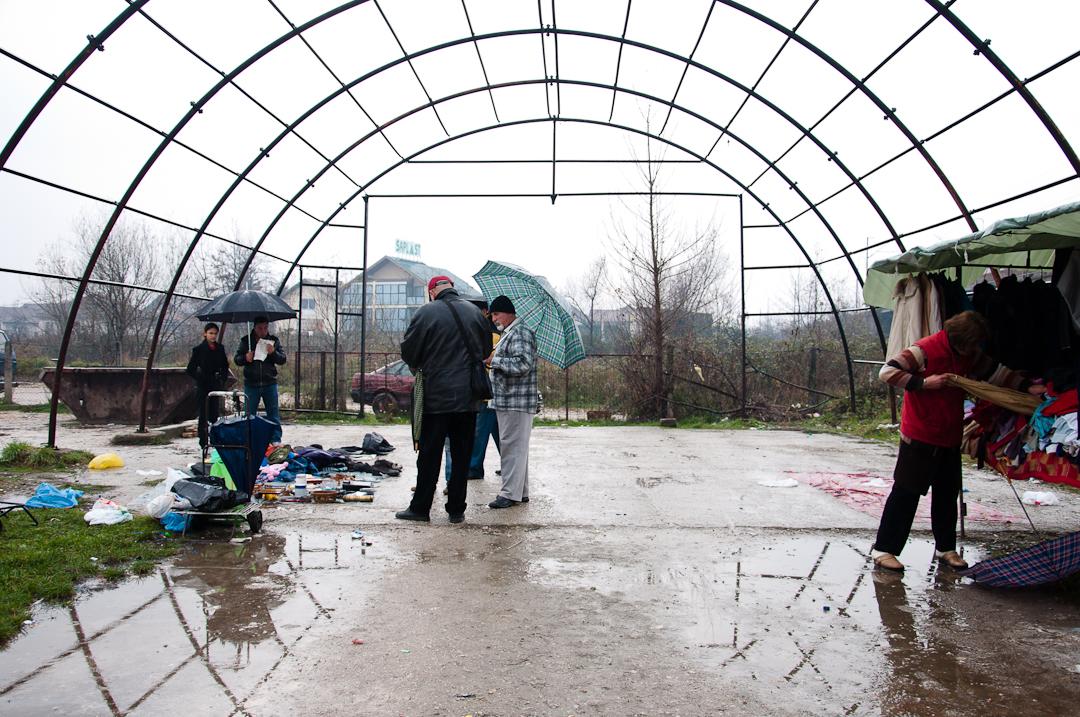
The real Sunday market is out west in the city. Taking a tram along the long single road leading to the airport and walking five or ten minutes further, we find everything that could be wanted, from items of clothing to used cars. This is the reality of the present; bare necessities and taking each day as it comes in a country with a complex political structure. The light'll be found at the end of some tunnel (Image: © Boris Svartzman/ svartzman.com/)



